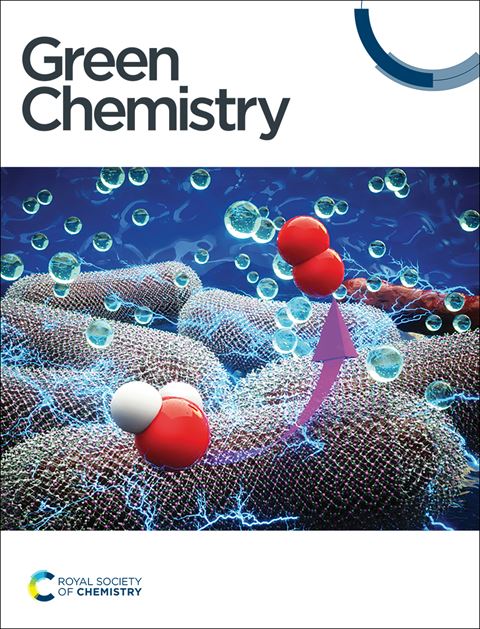Research progress on the preparation of lignin micro/nano-particles and their biomedical applications
IF 9.3
1区 化学
Q1 CHEMISTRY, MULTIDISCIPLINARY
引用次数: 0
Abstract
The interest in lignin micro/nano-particles (LMNPs) has markedly grown due to their unique physicochemical properties, including high specific surface area, abundant active sites, exceptional biocompatibility, and biodegradability. These attributes position them as promising novel micro/nano-scale materials. Although LMNPs hold great potential for application in multiple fields, scarcely any reviews have zeroed in on their biomedical applications, such as drug delivery, targeted therapy, biosensing, wound healing, tissue engineering, and use as antibacterial agents. Notably, the drug delivery and antibacterial applications have only garnered limited in-depth analysis. Therefore, it is important to provide a comprehensive overview of the current advancements in the development of these micro/nano-materials, offering valuable insights for their further progress in the biomedical field. This review summarizes recent advances in the preparation techniques, formation mechanisms, and biomedical applications of LMNPs, while spotlighting the differences in performance of LMNPs prepared by different methods. More specifically, we propose several key strategies to meet the challenges associated with the green scale-up production, quality consistency, and clinical validation of LMNPs, along with suggesting potential solutions to expedite LMNP research. These efforts will magnify their significance as sustainable materials in nano-medicine and advance them toward practical applications.
木质素微纳米颗粒的制备及其生物医学应用研究进展
由于其独特的物理化学性质,包括高比表面积、丰富的活性位点、优异的生物相容性和可生物降解性,对木质素微/纳米颗粒(LMNPs)的兴趣显著增长。这些特性使它们成为有前途的新型微/纳米级材料。尽管LMNPs在多个领域具有巨大的应用潜力,但很少有评论关注其生物医学应用,如药物输送、靶向治疗、生物传感、伤口愈合、组织工程和抗菌药物。值得注意的是,药物输送和抗菌应用只获得了有限的深入分析。因此,全面概述这些微/纳米材料的发展现状,为其在生物医学领域的进一步发展提供有价值的见解是很重要的。本文综述了LMNPs的制备技术、形成机制和生物医学应用方面的最新进展,并重点介绍了不同方法制备的LMNPs在性能上的差异。更具体地说,我们提出了几个关键策略,以应对与绿色规模生产、质量一致性和LMNPs临床验证相关的挑战,并提出了加快LMNP研究的潜在解决方案。这些努力将扩大它们作为纳米医学中可持续材料的重要性,并推动它们走向实际应用。
本文章由计算机程序翻译,如有差异,请以英文原文为准。
求助全文
约1分钟内获得全文
求助全文
来源期刊

Green Chemistry
化学-化学综合
CiteScore
16.10
自引率
7.10%
发文量
677
审稿时长
1.4 months
期刊介绍:
Green Chemistry is a journal that provides a unique forum for the publication of innovative research on the development of alternative green and sustainable technologies. The scope of Green Chemistry is based on the definition proposed by Anastas and Warner (Green Chemistry: Theory and Practice, P T Anastas and J C Warner, Oxford University Press, Oxford, 1998), which defines green chemistry as the utilisation of a set of principles that reduces or eliminates the use or generation of hazardous substances in the design, manufacture and application of chemical products. Green Chemistry aims to reduce the environmental impact of the chemical enterprise by developing a technology base that is inherently non-toxic to living things and the environment. The journal welcomes submissions on all aspects of research relating to this endeavor and publishes original and significant cutting-edge research that is likely to be of wide general appeal. For a work to be published, it must present a significant advance in green chemistry, including a comparison with existing methods and a demonstration of advantages over those methods.
 求助内容:
求助内容: 应助结果提醒方式:
应助结果提醒方式:


